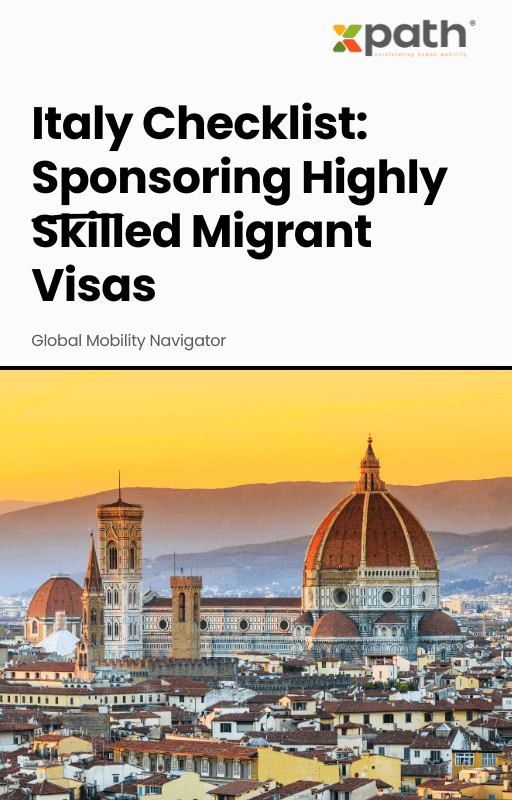Italy Checklist: Sponsoring Highly Skilled Migrant Visas
Grab a copy of a guide to international employee relocation
View E-bookCreating well-crafted policies is often easier said than done, and several common mistakes can occur when drafting or revising policies. Here are three frequent pitfalls and strategies to avoid them:
To create a strong policy, start by understanding the strategic objectives of your mobility program. Ensure your policy aligns with these objectives since it supports your company’s business and talent strategies. Presenting the strategic objectives and policy entitlements together will give your audience a clear understanding of mobility’s purpose.
Key Takeaway: Make sure your policy supports your company’s overall strategy, especially if your goal is to attract top talent and offer a competitive program. An employee-focused strategy with great benefits will enhance the mobility journey.
Before drafting a policy, consider your target audience: whether it’s the business, employees, managers, or HR. Each group will seek different information and may prefer different presentation styles. For example, a process-oriented policy will differ from a document designed to promote mobility.
Key Takeaway: Use persuasive language for certain audiences and formal language for others. Tailoring the language and content ensures the policy is understood correctly and avoids policy mistakes like misplaced assignments or high attrition rates.
Many companies structure policies by length and purpose to ensure each document targets a specific move type. Combining multiple policy types or lengths into one document can complicate understanding. Clearly detailing benefits for specific subsets of employees can also create confusion.
Key Takeaway: Separate policies by length and purpose to tailor each one to its audience. This approach ensures clarity on entitlements and avoids confusion about which benefits apply to whom.
A rigid policy can become a barrier rather than a guide, especially in a dynamic environment. Policies that do not allow for exceptions or adjustments may fail to address unique situations or evolving needs. A flexible policy framework allows for reasonable exceptions and adjustments, helping to accommodate unexpected changes or special circumstances.
Key Takeaway: Incorporate flexibility into your policy to handle unique cases and adapt to changing conditions. A well-balanced policy provides clear guidelines while also allowing for necessary adjustments, ensuring it remains effective and relevant over time.

Italy Checklist: Sponsoring Highly Skilled Migrant Visas
Grab a copy of a guide to international employee relocation
View E-book